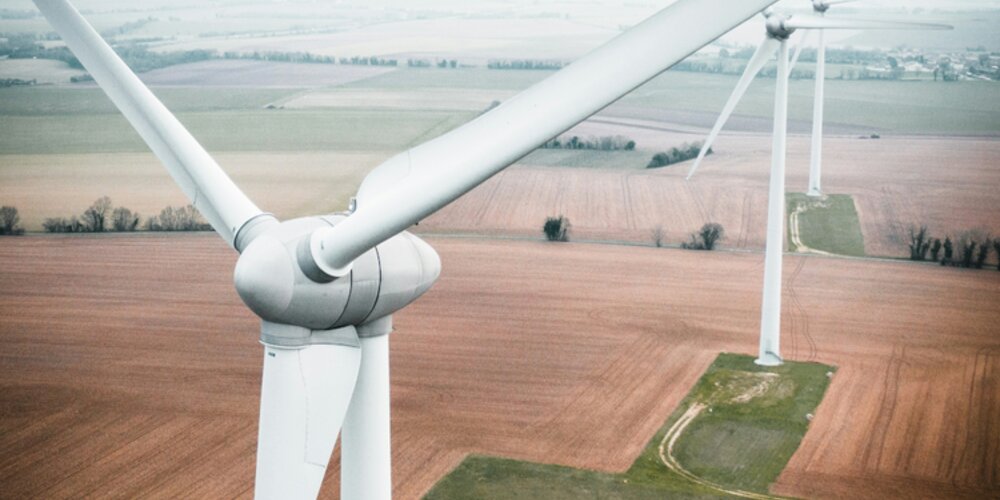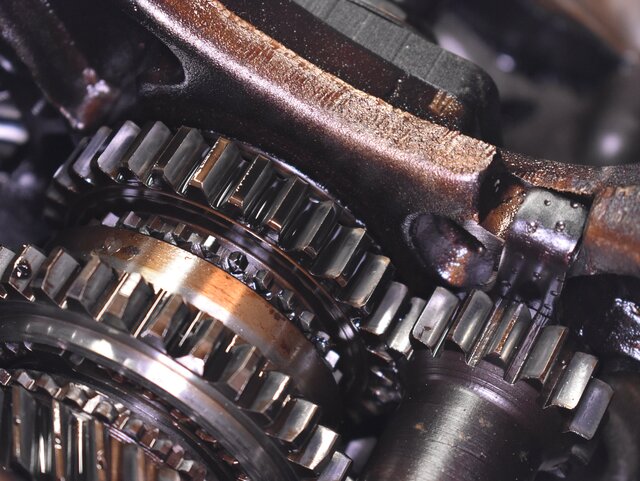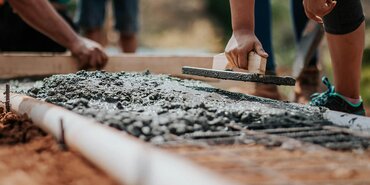Researchers Battle to Preserve Wind Turbine Gearboxes From White Etching Cracking

Researchers are actively seeking solutions to white etching cracking, hoping to extend the lifespan of wind turbine gearboxes.
As governments and organisations worldwide increasingly prioritise environmental sustainability, committing to ambitious net-zero carbon goals, the demand for clean, renewable energy sources is surging.
However, the reliability of wind turbines is constrained by significant mechanical issues.
The inception of electricity-generating wind turbines in the 1880s marked the beginning of a rapid development in wind power, making it a significant renewable resource in the fight against climate change.
The Global Wind Energy Council predicts that 1,221 gigawatts of new renewable electricity capacity will be established globally over the next seven years, with the wind turbine sector expected to grow from $24 billion today to $44.6 billion by 2032.
Despite these promising figures, the sector faces a significant challenge: mechanical wear in large multi-megawatt wind turbines, specifically within their gearboxes.
Over the past decade, it has become evident that many wind turbine gearboxes fail within just five years of operation, despite being designed to last twenty years. This premature failure renders gearboxes the costliest component to replace in wind turbines, prompting an urgent need to extend their lifespan to maintain operational efficiency and cost-effectiveness.
As turbine technology has advanced, resulting in larger and more powerful turbines operating in increasingly challenging conditions, the demands on gearbox lubrication have also intensified. Traditional lubricants often fall short, leading to decreased efficiency, increased maintenance, and high-cost premature failures.
However, newer, high-efficiency synthetic lubricants designed for long-term component maintenance could provide a solution.
Identifying gearbox corrosion is essential in addressing this issue. Ongoing research has identified hydrogen wear as a key factor in the high failure rate of wind turbine gearboxes.
This issue, linked to friction, causes hydrogen to deteriorate metal surfaces during sliding and rolling contacts in gears and hydraulics. The unpredictable nature of wind speed and direction exacerbates this wear, as fluctuating loads and torque increase stress on the gearbox components.
Studies focus on the energy required to remove hydrogen ions from water or base oil, given the immense torque and power that flow through the turbines. This energy can cause cracks to appear in the inner ring of high-speed shafts and bearings, leading to catastrophic failures if left unchecked.
Researchers have named this phenomenon white etching cracking (WEC), and while its exact cause remains unclear, it is thought that lubricants may play a major role.
The lubrication system within a wind turbine gearbox is critical for providing smooth operation and long-term durability. Wind turbines often operate in extreme temperatures, requiring lubricants with a broad operating temperature range to maintain viscosity and performance.
Coastal and offshore wind turbines face additional challenges, as moisture and salt can exacerbate component corrosion. In order to meet the requirements, high-efficiency lubricants must have excellent water separation capabilities and corrosion inhibitors to protect gearboxes in these harsh environments.
Advanced lubrication solutions are urgently needed to meet the evolving demands of wind turbines. As reliance on wind energy grows, maintaining the reliability and cost-effectiveness of this renewable source is crucial.
Wind energy engineering services with Neale Consulting Engineers
With many nations aiming to decarbonise their power grids, wind farms are becoming increasingly popular.
Neale Consulting Engineers is adept at applying engineering and tribological best practices to wind turbines to maximise uptime, reduce failures, and improve initial manufacturing processes.
To learn more about our wind energy services, contact us today.
Contact Neale Consulting Engineers today
- Date
- 29/05/2025





